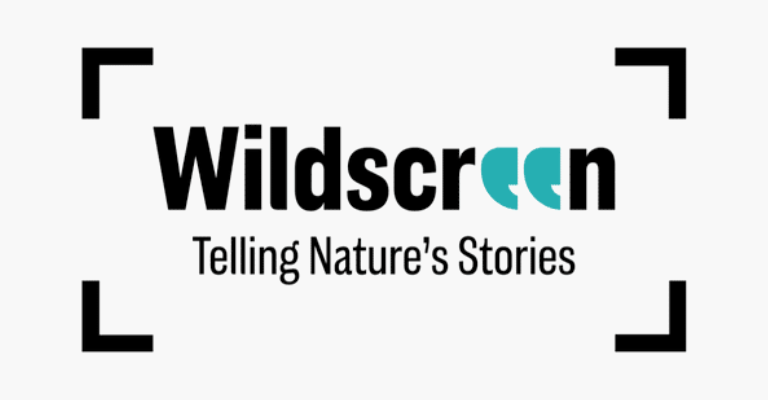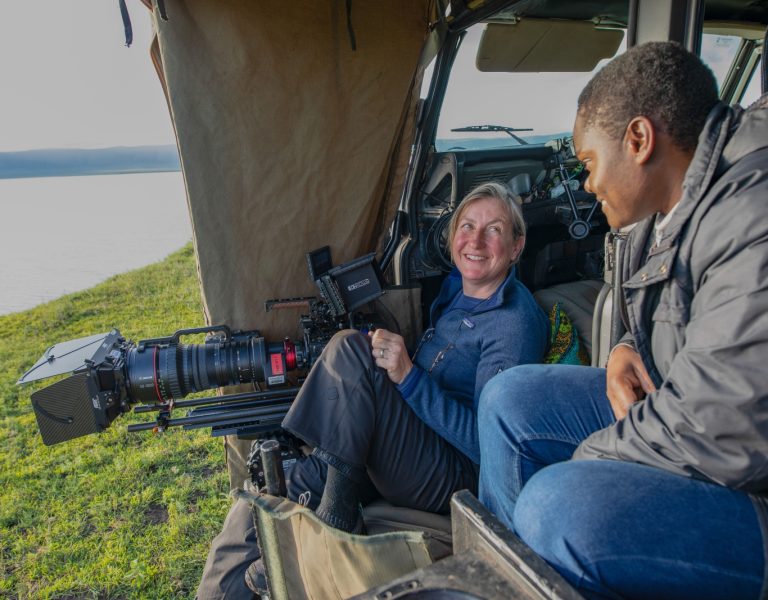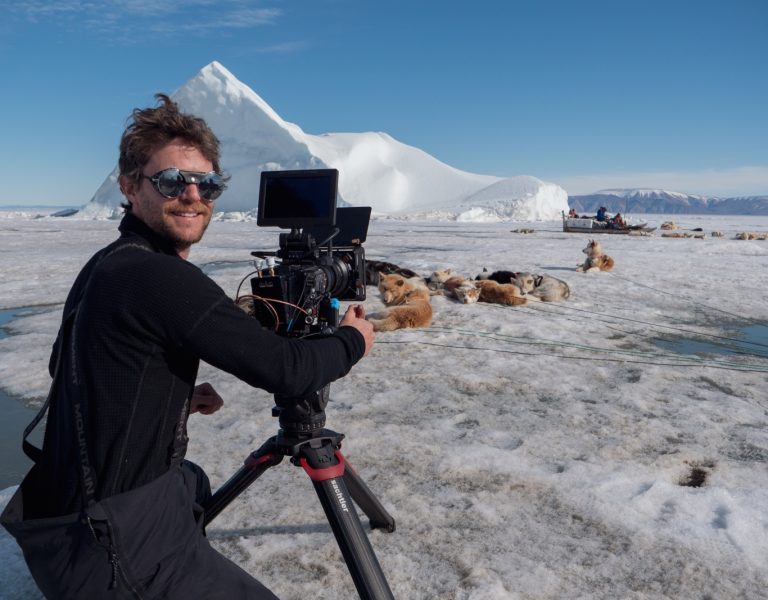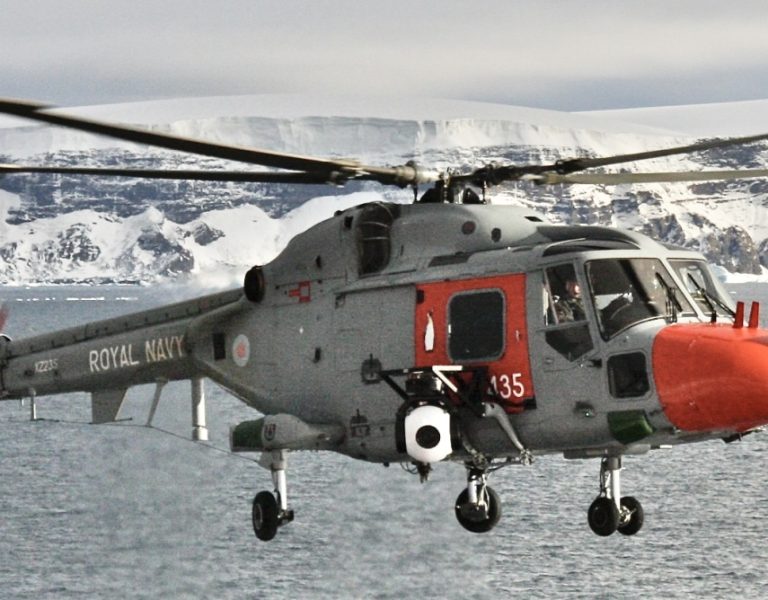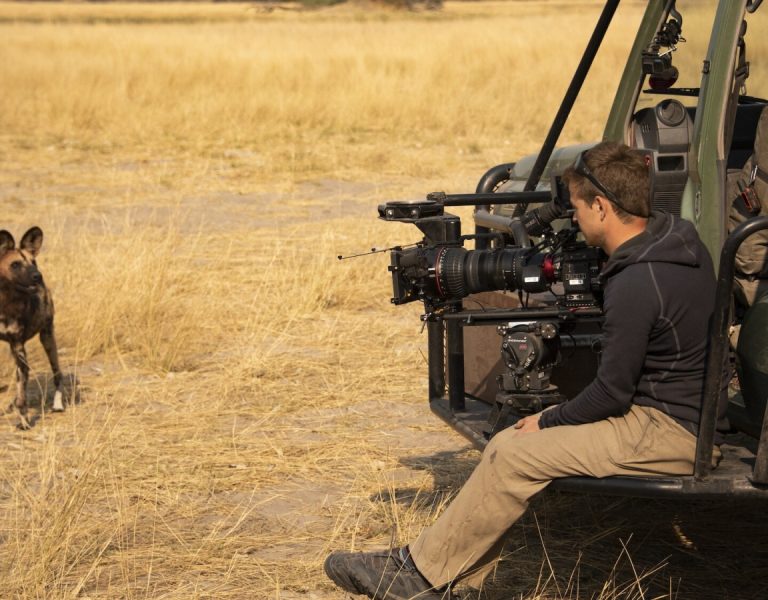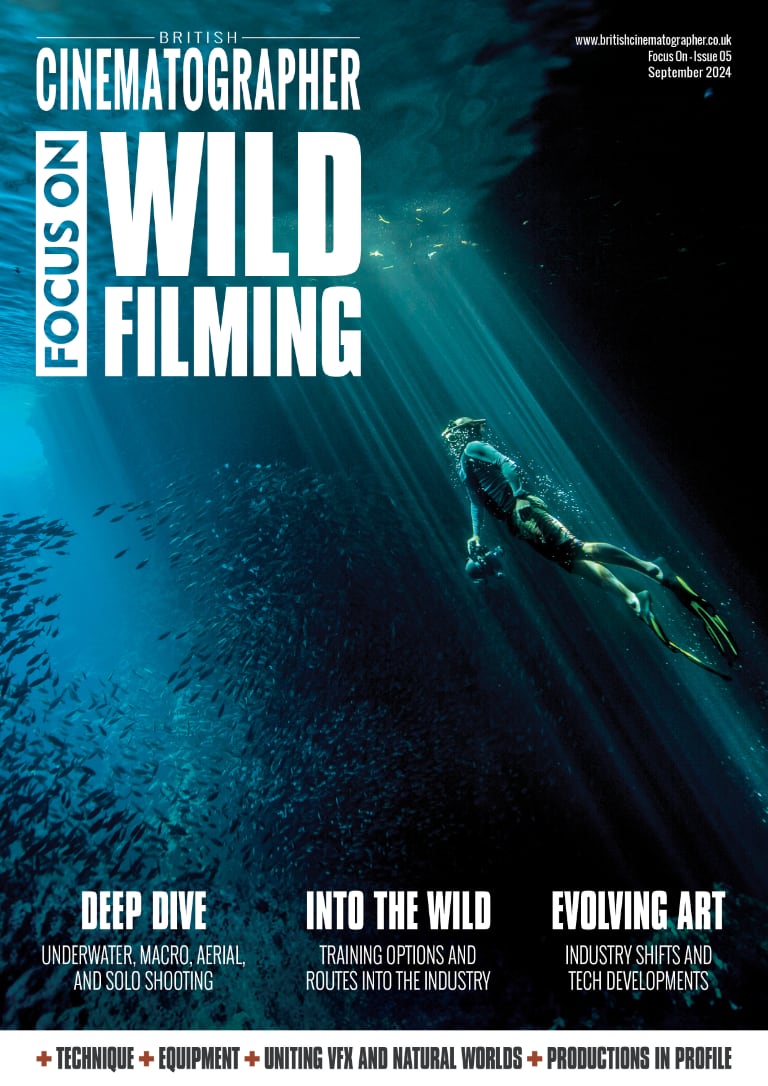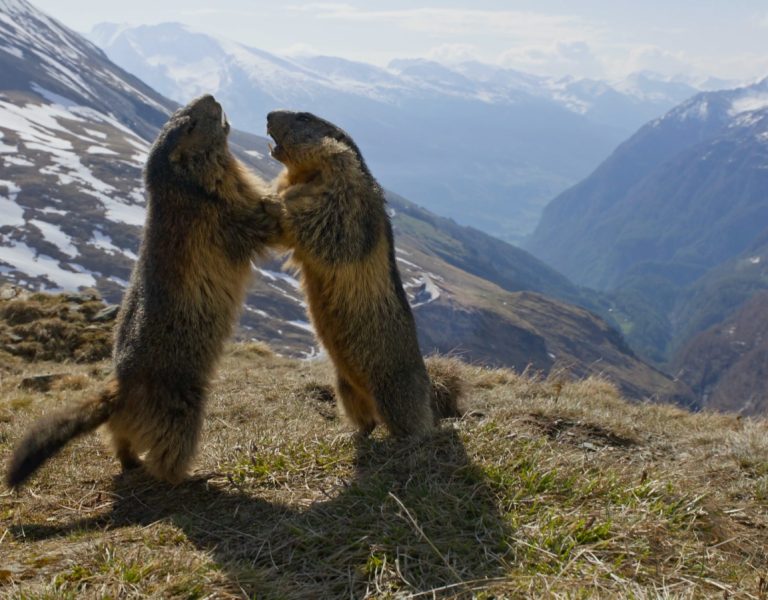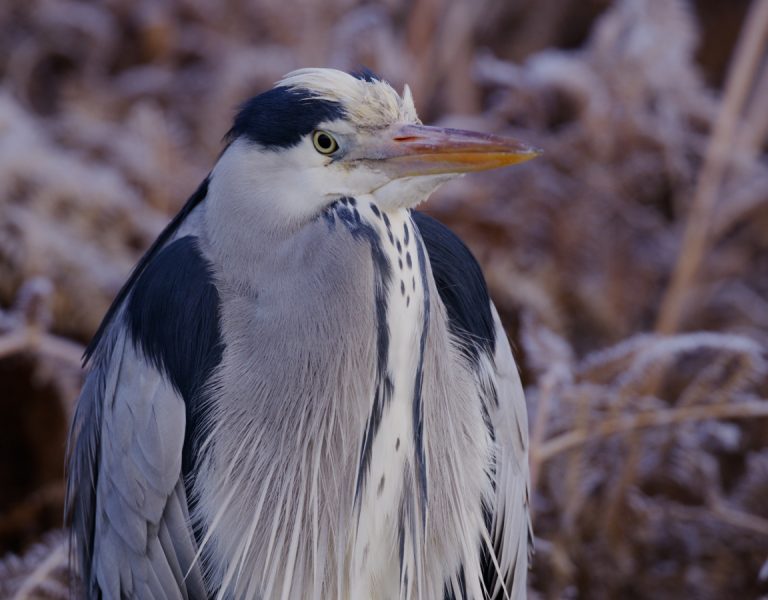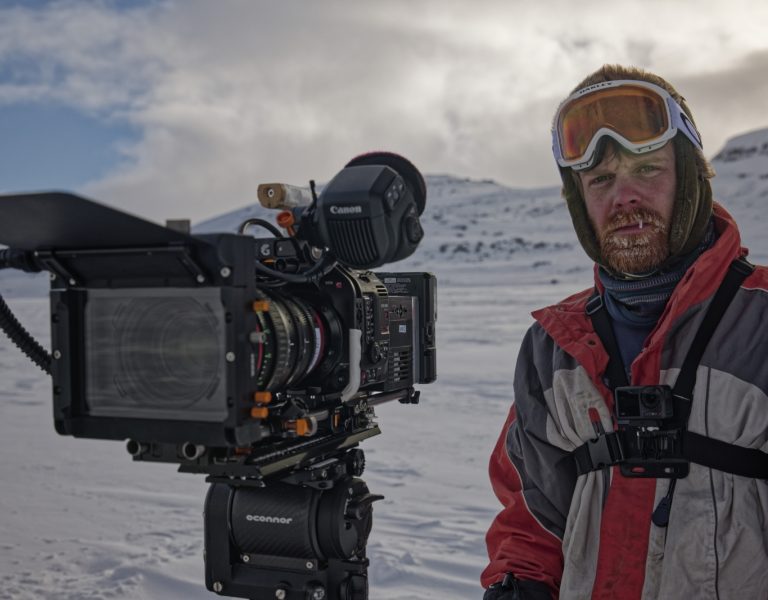ALONE AND UNAFRAID
In wild shooting, nothing is more difficult or challenging than working solo. Dealing with wildlife in extreme conditions requires constant risk assessment. We asked three cinematographers what steps they put in place to ensure their safety on solo shoots.
Originally from Australia, Kirsten Slemint has a background in science and journalism. She is a National Film and Television School graduate, and has completed two films: HaMidbar (2023), set in the deserts of Israel; and the short Burnt Country (2024), which examines aboriginal environmental practices in Australia. It recently screened at BFI.
Working solo means that Slemint may find herself carrying 30 kilos of equipment on remote trails. “Having a local contact who was aware of my shooting schedule was essential,” she says. “I set up a 12-step protocol in case I didn’t check in. If I’m on location in a park, I will meet with the staff to make sure they’re aware of where I’m planning to go.”
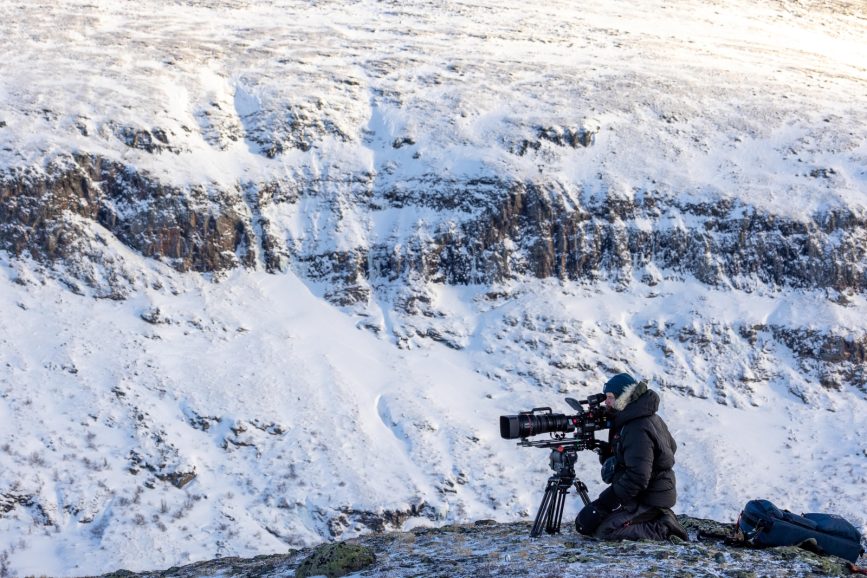
Slemint is also a qualified senior first aid officer experienced in rural and remote emergencies. “I think the most interesting part about safety in shooting wildlife is how much knowledge you can bring that helps you preempt whatever might happen,” she says. “Be able to capture your material effectively while keeping yourself safe.”
James Ewen was working as a goldsmith before starting on feature films. There he progressed from runner to working with gaffer Julian White. He was a camera assistant with the BBC Natural History Unit in Botswana before becoming a DP. Ewen is currently based in Norway, where he has worked on films like Polar Bear (Disney+).
“We say ‘solo’, but there are certain situations where one never works solo,” he points out. “Safety is number one around polar bears, where you normally work with two expert guides. They’re your set of eyes. They’re better at reading bear behaviour than you are.”
Ewen remembers an incident filming reindeer scavengers at an avalanche site in western Norway. The temperature dropped to minus 45 degrees, and the nearest support was 10 kilometres away. When the cold became unbearable, Ewen had to risk frostbite to ski to safety.
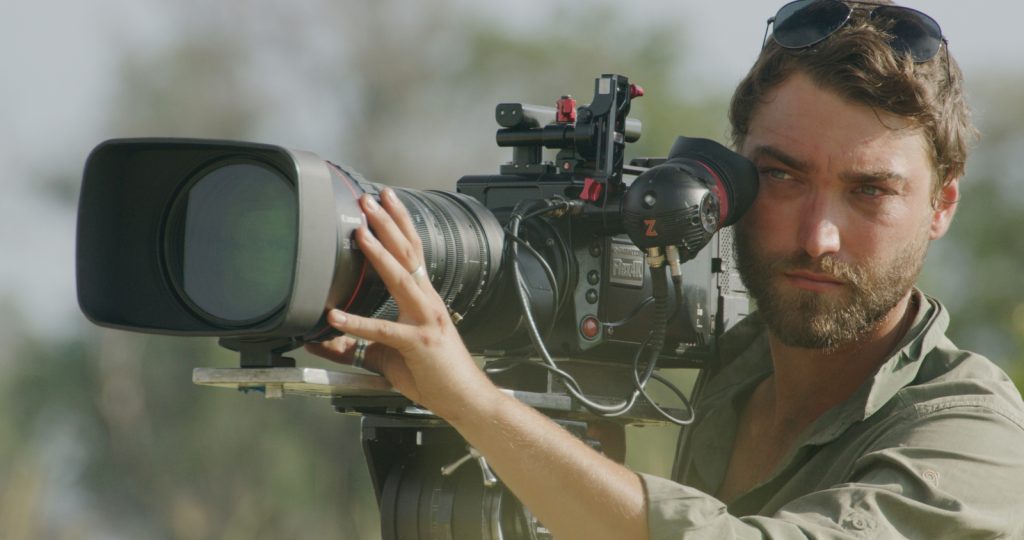
“It was a question of not having the right kit, and not having a protocol in place,” he says. “Now I try to imagine a worst-case scenario, and plan for that. We have a check-in system using WhatsApp and [Garmin] InReach. The most important advice may be, ‘Don’t overestimate your abilities.'”
To prepare for sub-zero temperatures, Ewen wraps exposed metal on cameras and tripods with foam or tape. “My biggest discovery in the last ten years was a stylus,” he added. “A stylus on a cord around my neck allows me to operate camera touch screens without taking off my gloves.”
Dominic Hamilton wanted to be a wildlife cinematographer since he was eight, when a family friend worked on the BBC series Big Cat Diary. He spent four years with Brad Bestelink’s Natural History Film Unit Botswana, and is currently senior camera operator on an upcoming National Geographic series.
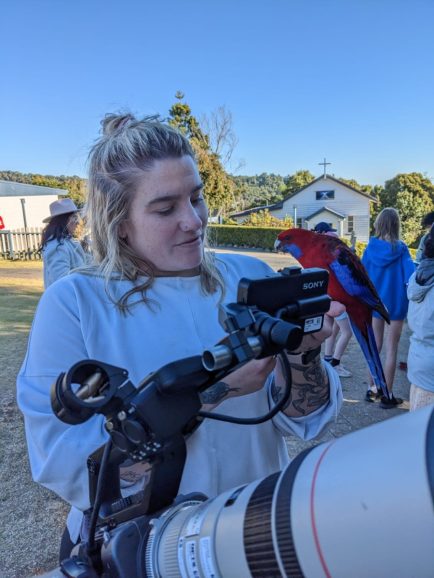
“You’re always learning,” he said. “Every day’s a school day. Maybe you’re filming animal behaviour, and it doesn’t go your way. Maybe you’re charged by an elephant, or you get into a hotspot in dense bush. After the incident is over, you think, ‘How would I do it differently?'”
When Hamilton is in the field, help can be hours away. He relies on satellite phones and devices like InReach, and has enough safety gear to wait out conditions for several days if necessary.
“Sometimes caution can hinder creativity,” he said. “I think I weigh things a lot more now, perhaps don’t act as instinctively. But sometimes you do need to be bold and take measured risks.”
–
Words: Daniel Eagan












